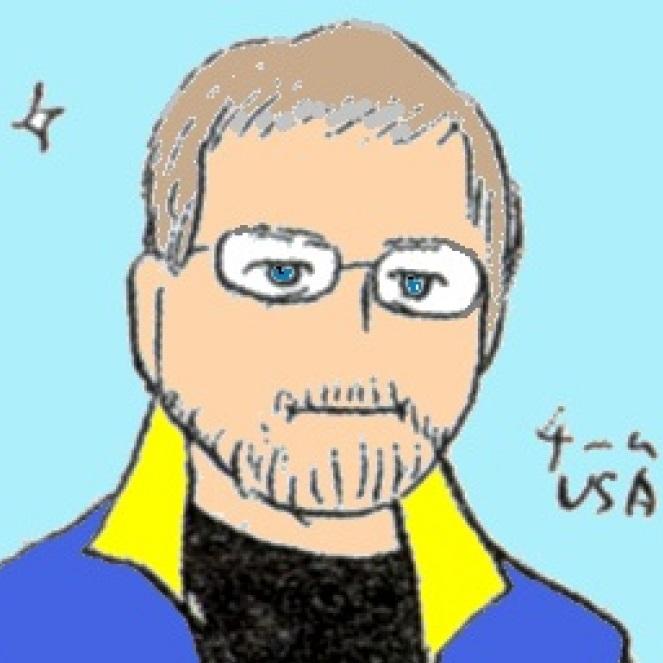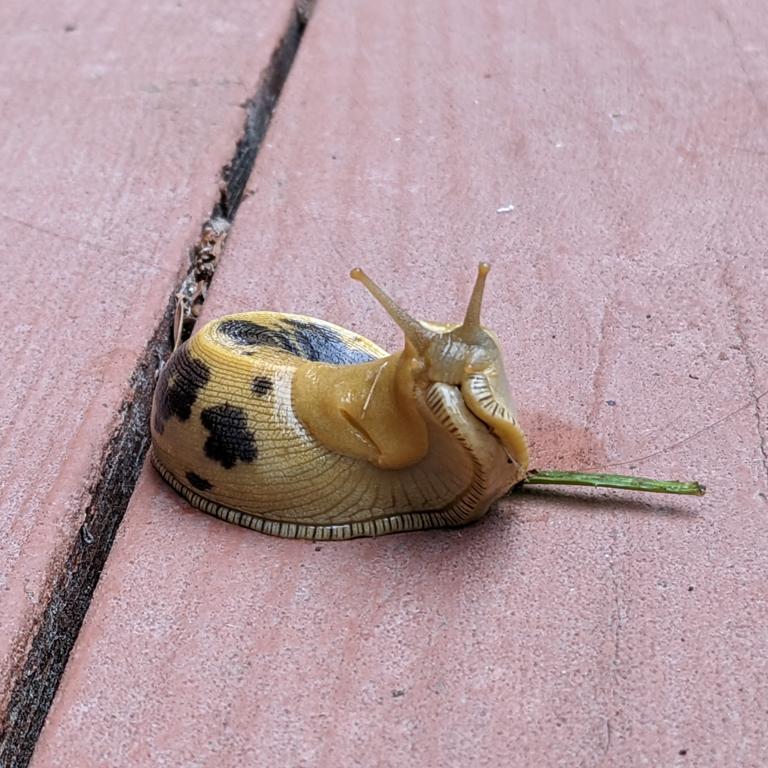So im going to do the maths to make the pretty surfaces!
So here is a video of a multisampled microfacet fractal render, with shadowing and multisampled shadowing.
Im going to convert it to processing a super sum of light-rays, hitting repeitive geometry, in least operations, computing all the light rays simultaneously.
That is what cook torrance is, its a bit full on but im going to give it a go!
Im hoping to get a shader that can simulate a wet cardboard type effect… it would be good for a game like little big planet!









